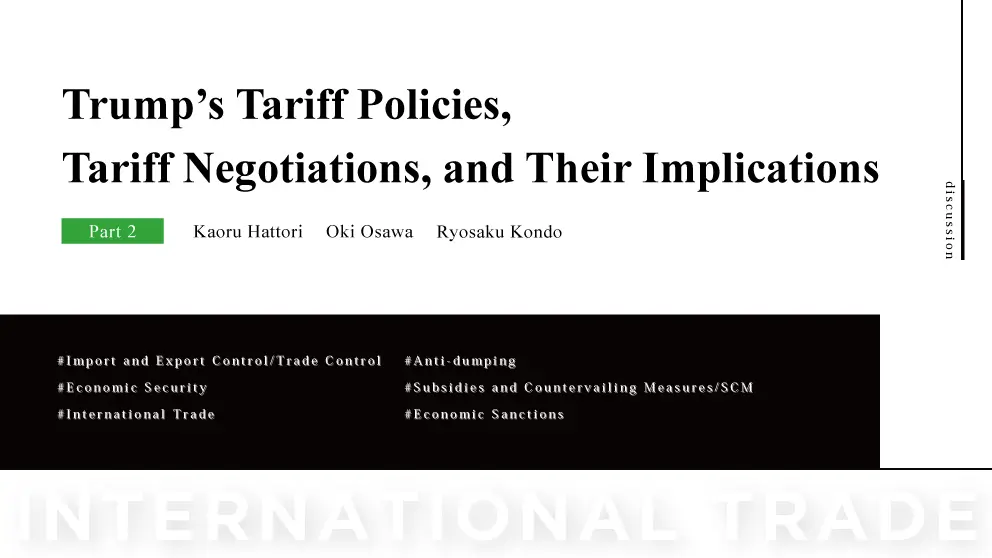

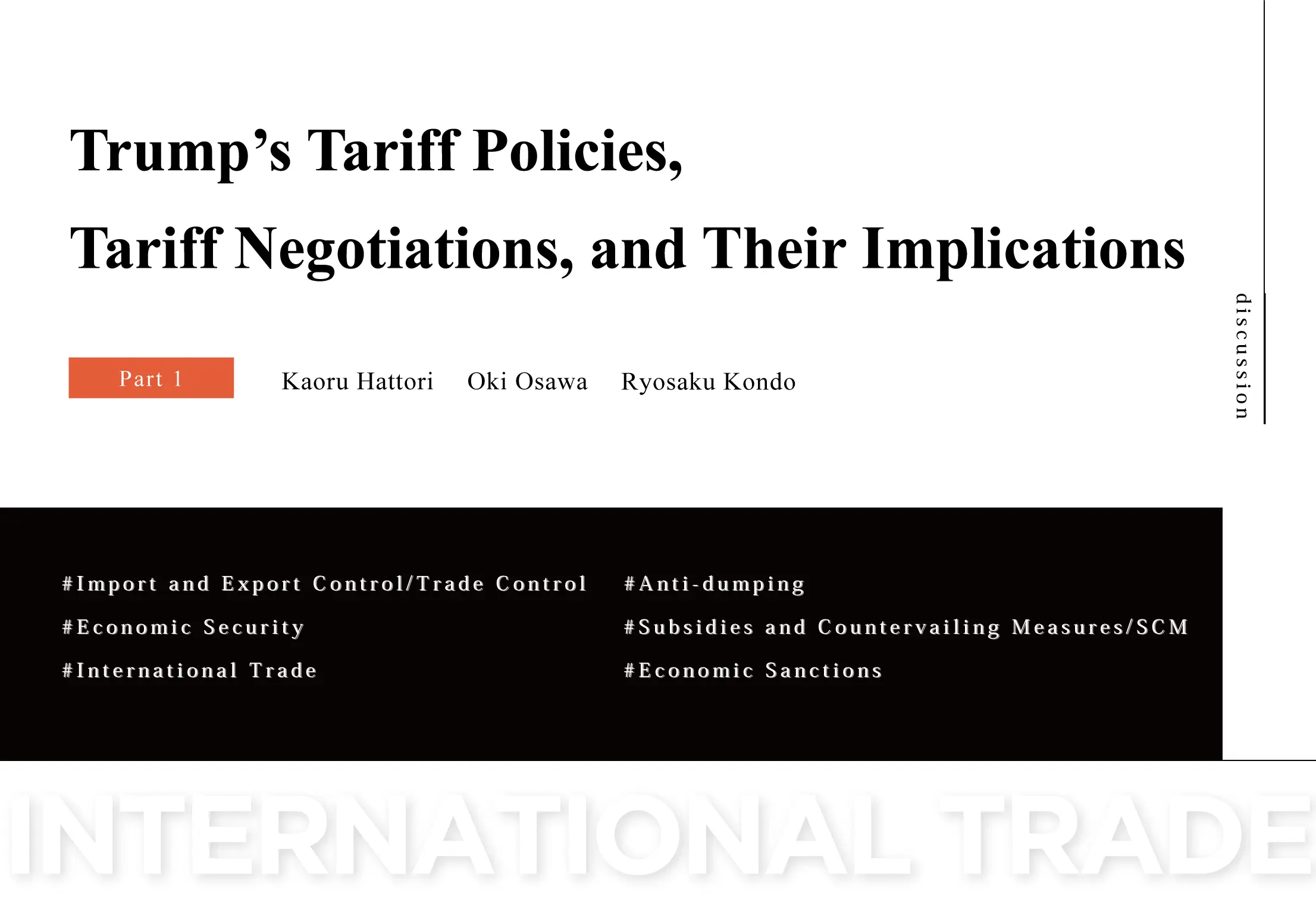


President Trump, who refers to himself as “Tariff Man,” announced a substantial increase in tariffs on imports from all countries immediately following his presidential re-inauguration in January 2025. He further declared the introduction of “reciprocal” tariffs targeting countries with large trade deficits with the United States, sending shock waves through the global economy. Following these announcements, a series of tariff negotiations ensued between various countries, and Japan was no exception. Minister Ryosei Akazawa made multiple trips to the U.S. for discussions with U.S. officials, and in July 2025, it was announced that an agreement on tariff measures had been reached between Japan and the U.S. The tariff policies of the second Trump administration have had a significant impact on Japanese companies. However, they were difficult to anticipate and were subject to revision depending on changing circumstances, even after they were announced. This left many Japanese companies struggling with how to respond. In this roundtable discussion, attorneys-at-law and trade and customs experts Kaoru Hattori, and Ryosaku Kondo, and Oki Osawa, an attorney-at-law with expertise in corporate matters from a national and economic security perspective, will examine the tariff policies of the Trump administration and the course of these negotiations. They will also share their insights on what Japanese companies should take away from them.

Kaoru Hattori has extensive expertise in the Anti-Monopoly Act/competition law, the Subcontract Act, and international trade law (covering trade-related measures in various countries, trade remedy matters such as anti-dumping, supply chains, economic security, and more).
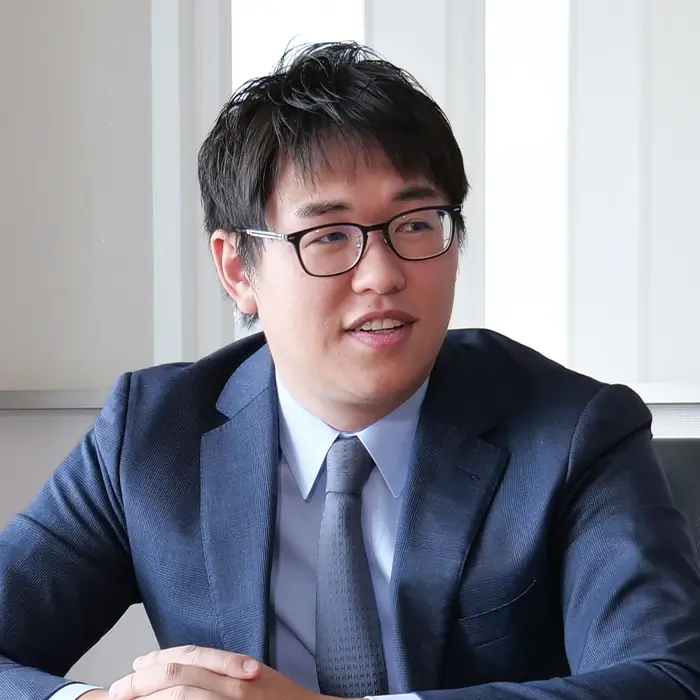
Oki Osawa provides comprehensive corporate legal advice, primarily focusing on M&A and corporate matters. Leveraging his experience at the Ministry of Economy, Trade and Industry (METI), where he was involved in drafting, reviewing, and enforcing regulations related to the Foreign Exchange and Foreign Trade Act, as well as strengthening cooperation with other countries, he offers support across the entire spectrum of economic security. In recent years, he has also assisted clients in establishing internal management systems for export controls and economic sanctions.
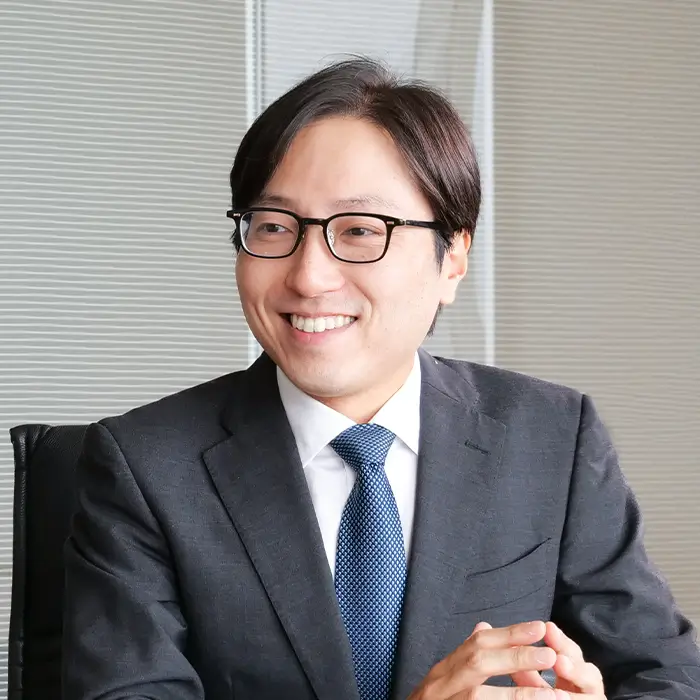
Ryosaku Kondo provides advice on international trade law (including anti-dumping), international investment law, compliance with regulations in various countries, competition law, dispute resolution, corporate M&A, labor law, and other areas. He also advises on legal matters related to economic and national security. He has international trade practice experience in government agencies both in Tokyo and Geneva and is well-versed in recent additional tariff developments.
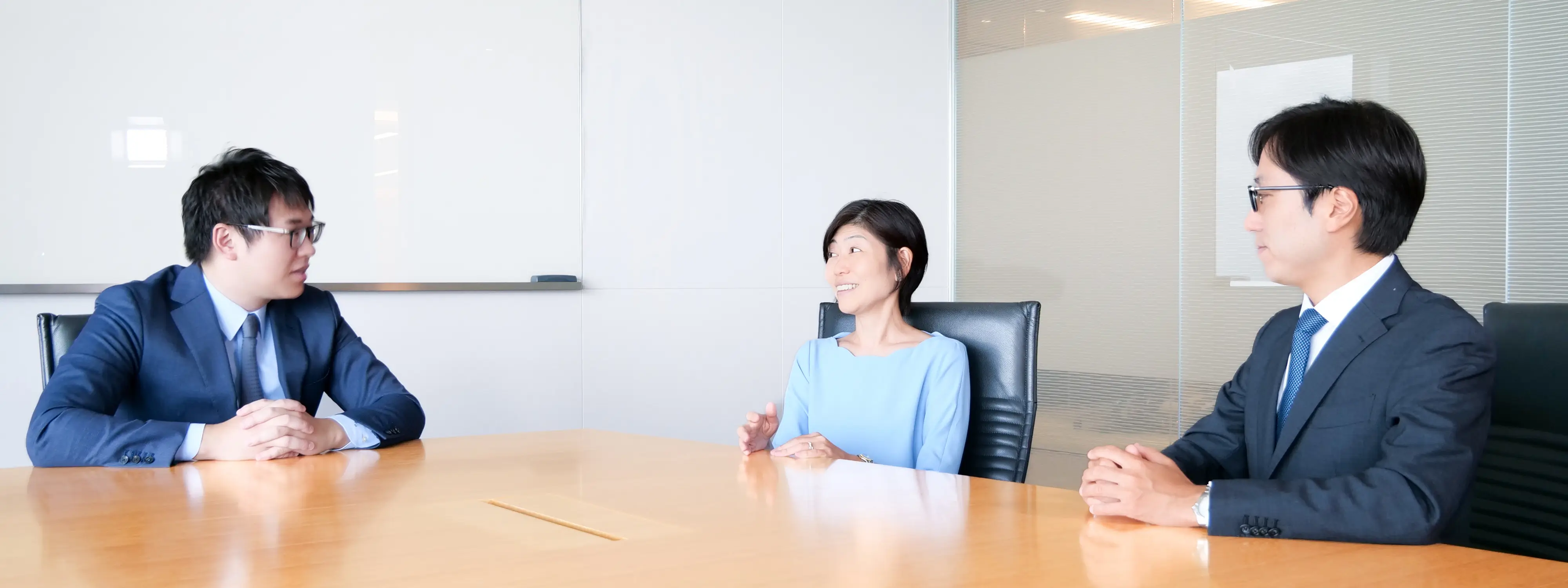

Hattori

Kondo

Osawa

Kondo

Osawa

Hattori

Kondo

Osawa

Kondo

Hattori

Osawa

Kondo

Hattori
Timeline of “Agreements” with Each Country
| Counterparty Country | Date of Agreement, etc. | Revised “Reciprocal” Tariff Rates | Principal Terms |
|---|---|---|---|
| United Kingdom |
May 5th: framework agreement June 30: U.S.- U.K. trade agreement comes into effect |
10% |
U.S.: Automobile tariffs reduced to 10% (up to 100,000 vehicles per year); ongoing negotiations on reducing additional tariffs on steel and aluminum, among others U.K.: $5 billion in new export opportunities to the U.K., among others |
| Vietnam | July 2nd | 20% |
U.S.: “Reciprocal” tariffs set at 20%; 40% tariff imposed on substitute goods from third countries Vietnam: Eliminates tariffs on U.S. imports |
| July 8: Original negotiation deadline | |||
| Indonesia | July 15th | 19% | Indonesia: Eliminates tariffs on U.S. imports |
| Japan | July 22nd | 15% or less (*) | (See below) |
| The Philippines | July 22nd | 19% | The Philippines: Eliminates tariffs on U.S. imports |
| EU | July 27th | 15% or less (*) |
U.S.: Reduces additional tariffs (including those on automobiles) to 15%. EU: Eliminates tariffs on key U.S. products; commits to purchase of $750 billion in energy, semiconductors, and other products from the U.S. over the next three years; 600 billion dollars in private investment in the U.S., among others |
| South Korea | July 30th | 15% |
U.S.: “Reciprocal” tariffs and additional tariffs on automobiles reduced to 15% South Korea: US$350 billion in U.S. investment (including US$150 billion in shipbuilding); 100 billion dollars in energy purchases |
| Thailand | July 30th | 19% | U.S.: “reciprocal” tariffs set at 19% |
| Cambodia | July 30th | 19% | U.S.: “reciprocal” tariffs set at 19% |
| July 31: Extended negotiation deadline | |||
(*)For items subject to an existing tariff rate under the most-favored-nation (MFN) clause that is higher than 15%, the “reciprocal” tariff is eliminated. For items subject to an existing MFN tariff rate of 15% or less, the “reciprocal” tariff is calculated by subtracting the existing MFN tariff rate from 15%.

Kondo

Hattori

Kondo

Osawa

Kondo
| Topics/Area |
Announcement by Japan (Cabinet Secretariat, Customs Bureau) |
Announcement by the U.S. (White House Fact Sheet Unofficial Translation) |
|---|---|---|
| Semiconductors and Pharmaceuticals | “Even if sectoral tariffs are imposed, Japan will not be treated less favorably than other countries.” | (No reference) |
| Scale, Methods, and Purpose of Japanese Investment |
“Japan will provide up to US$55 billion in capital, loans, and loan guarantees through government-affiliated financial institutions.” “To build a robust supply chain within the U.S. that benefits both Japan and the U.S.” |
“With over $550 billion in a new Japanese/USA investment vehicle” “Japan will invest $550 billion directed by the United States to rebuild and expand core American industries.” |
| Sectors Where Japan and the U.S. will Strengthen Supply Chains | Sectors include “steel, aviation, automobiles, AI, quantum, and others.” | (No reference) |
| Imports of U.S. rice | “Within the framework of the Minium Access (MA) rice system, and taking into consideration the domestic supply and demand of rice, Japan will ensure the necessary procurement of rice.” | “Japan will immediately increase imports of U.S. rice by 75%, with a major expansion of import quotas” |
| Purchase of Various Other U.S. Products | “Japan will expand its purchases of U.S. agricultural products, including bioethanol, soybeans, corn, and fertilizers, as well as U.S. products such as semiconductors and aircraft.” |
“Japan will purchase $8 billion in U.S. goods, including corn, soybeans, fertilizer, bioethanol, and sustainable aviation fuel.” “Japan has committed to purchase U.S.-made commercial aircraft, including an agreement to buy 100 Boeing aircraft” |
| Regulations on U.S.-Manufactured Passenger Vehicles | “U.S.-manufactured passenger vehicles deemed safe for use in Japan’s traffic environment will be permitted for import without additional testing.” | “Longstanding restrictions on U.S. cars and trucks will be lifted, granting U.S. automakers access to the Japanese consumer market; U.S. Automotive standards will be approved in Japan for the first time ever” |
| Elimination of Non-Tariff Barriers on Other U.S. Industrial Products | (No reference) | Broader openings for a range of industrial and consumer goods, leveling the playing field for American producers. |

Osawa
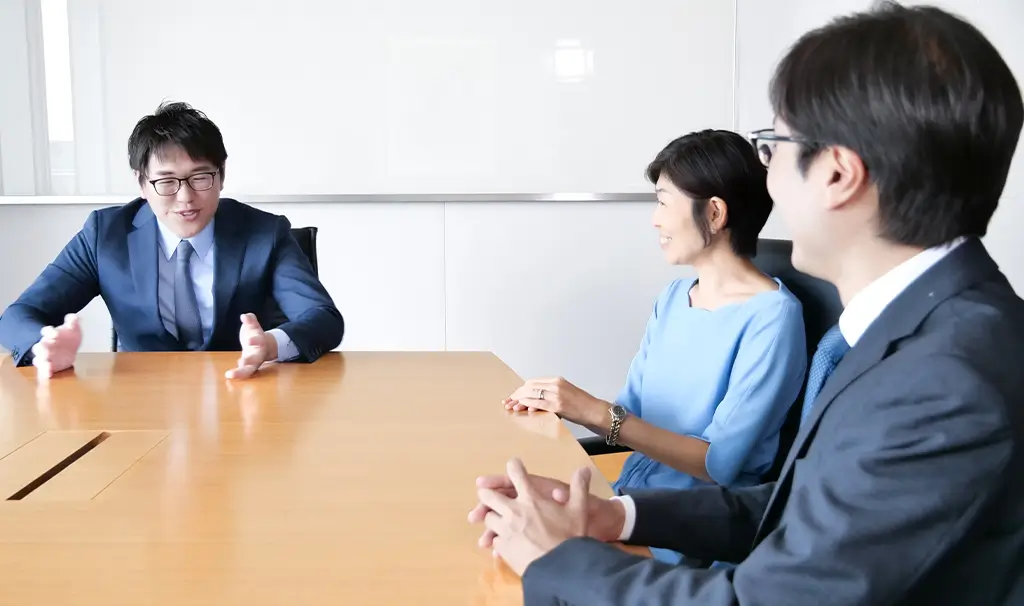
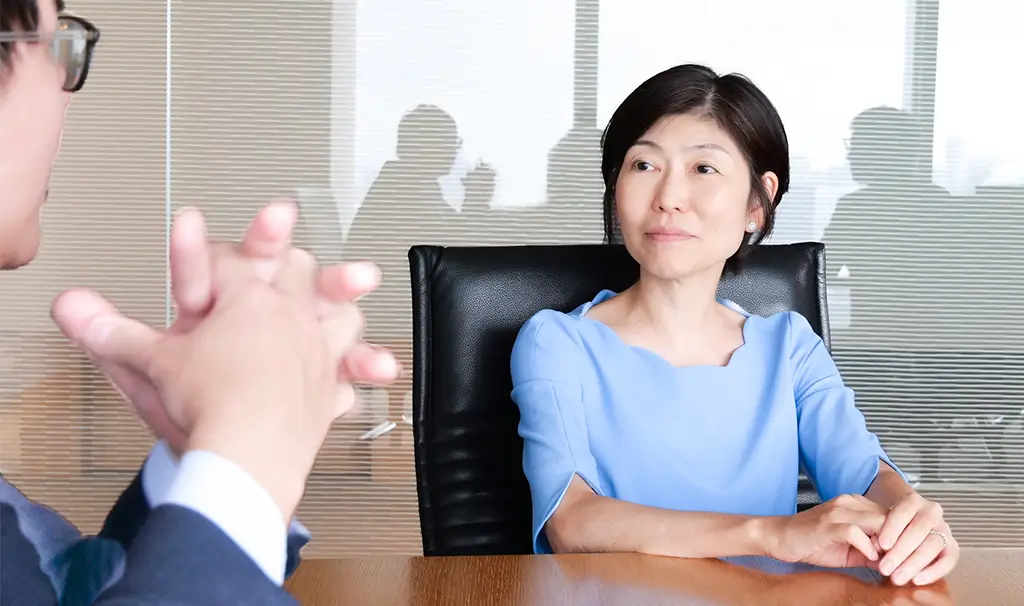
Trump’s Tariff Policies, Tariff Negotiations, and Their Implications – Part02
(Kaoru Hattori、Oki Osawa、Ryosaku Kondo)
This roundtable discussion is intended to provide brief general information for your reference only and does not constitute legal advice from the firm. The opinions expressed are the personal views of the authors and do not represent the views of the firm. Due to the nature of the information being general information, the citation of the text and sources of laws and regulations may be intentionally omitted. Please always consult a lawyer on issues relating to individual specific cases.